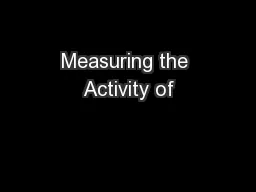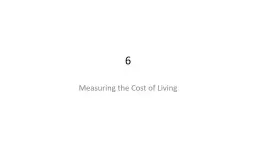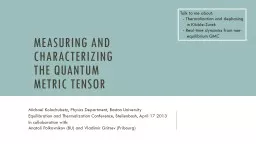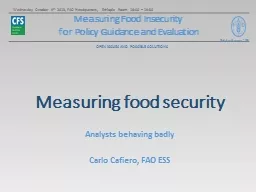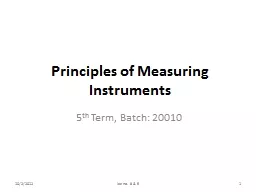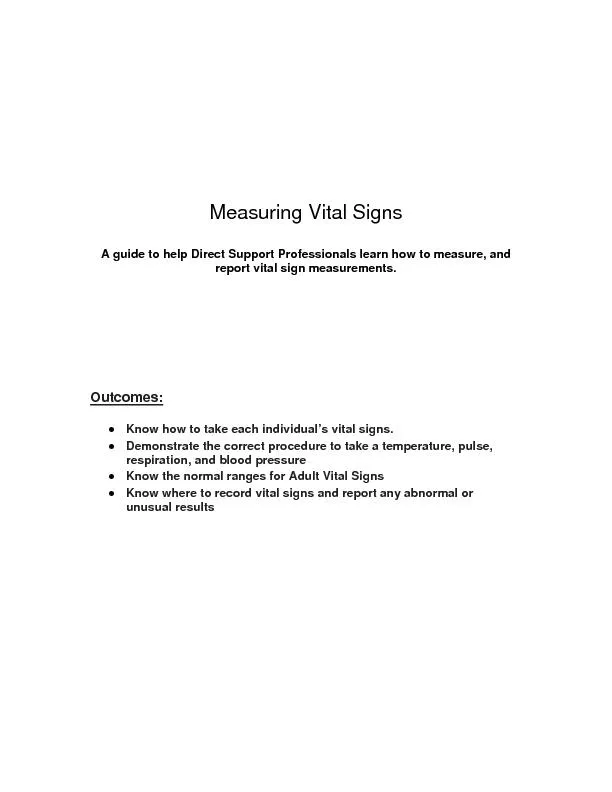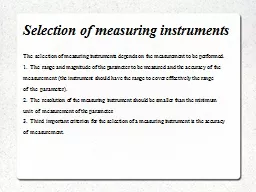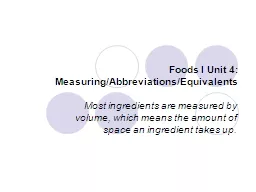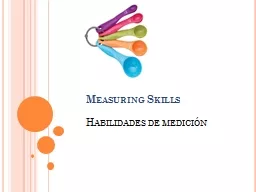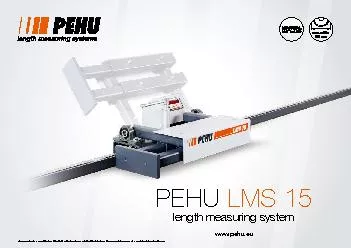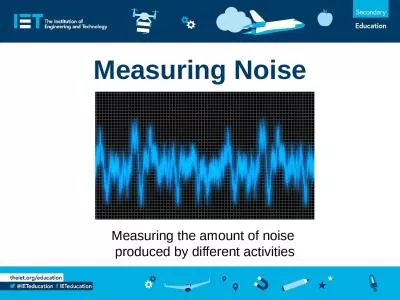PPT-Measuring the Activity of
Author : alexa-scheidler | Published Date : 2016-06-23
BioBrick promoters using an in vivo reference standard JR Kelly AJ Rubin JH Davis CM Ajo Franklin J Cumbers MJ Czar K de Mora AL Glieberman DD Monie and D
Presentation Embed Code
Download Presentation
Download Presentation The PPT/PDF document "Measuring the Activity of" is the property of its rightful owner. Permission is granted to download and print the materials on this website for personal, non-commercial use only, and to display it on your personal computer provided you do not modify the materials and that you retain all copyright notices contained in the materials. By downloading content from our website, you accept the terms of this agreement.
Measuring the Activity of: Transcript
Download Rules Of Document
"Measuring the Activity of"The content belongs to its owner. You may download and print it for personal use, without modification, and keep all copyright notices. By downloading, you agree to these terms.
Related Documents

